
by L Baures | Jul 31, 2018 | Trusted Auto Pros

2019 Dodge Challenger SRT Hellcat Widebody, Charger SRT Hellcat, Challenger SRT Hellcat Redeye Widebody, Charger SRT Hellcat, Challenger R/T Scat Pack Widebody (From left to right)
What is horsepower, by definition?
I’m not talking about the speed index of race horses here, I’m talking about cars, and trucks and well any vehicle really. When it comes to talking about vehicles, and in particular, the performance or power of a vehicle, the term horsepower (HP) is used. What exactly does it mean? Should you look at the horsepower rating when buying a vehicle?
When you ask Google to define: horsepower, the answer you’ll get is this;
“horse·pow·er
noun
a unit of power equal to 550 foot-pounds per second (745.7 watts).
the power of an engine measured in terms of this.
“a strong 140-horsepower engine”¹
There is mechanical and metric horsepower. When referring to vehicles, mechanical horsepower is what we are talking about here.
Is horsepower related to horses?
Yes, it IS related to horses, and it was a Scottish engineer who came up with the term. James Watt² born in 1736 is known for the work he did on steam engine development. He wanted a way of comparing the power of his steam engines to the power of draft horses.³
“One horsepower was deemed to be the equivalent of one horse lifting 33,000 pounds over one foot in one minute on the surface of the Earth.”¹¹ (550 foot-pounds per second).

By Own work, original version in German by Sgbeer (File: Pferdestaerke.svg) [CC BY-SA 3.0 (https://creativecommons.org/licenses/by-sa/3.0)], via Wikimedia Commons
How does horsepower relate to vehicles?
Horsepower is a measurement of power. Manufacturers advertise horsepower figures to show how much power the vehicle has. ie. in relation to how fast the vehicle is. Without getting too complicated, as this is not always the case, but the higher the horsepower number, the more powerful the vehicle is. As an example, the 2017 Fiat 500 Pop has 101hp, the 2017 Dodge Demon has 840hp, so the Demon has more power. A LOT more power.
Should you look at horsepower figures when comparing vehicles?
Yes, but as a rough guide. If there are two vehicles within 20hp of each other, drive them both and see if you even notice a difference.
There are ways that HP figures can be skewed. Larry Webster wrote in a Car and Driver article that, “Since minute differences in the dimensions of engine components that naturally occur during series production—the compression ratio could be a smidge higher in one engine versus another—can result in two identical-looking engines making slightly different horsepower…”¹²
There are also different ways of quoting figures, such as BHP (brake horsepower), IHP (indicated horsepower), SHP (shaft horsepower), WHP (wheel horsepower). On top of that, other countries in the world have different systems. Germany uses Pferdestärke, which is quoted as PS. For example, a German vehicle might be rated at 200PS. 1 PS is not quite equivalent to 1 HP (PS x 0.9863 = 1HP).
There doesn’t seem to be any regulations as far which of these numbers should be quoted by manufacturers, although from my understanding, they do have the option to have the number SAE certified. If you were a manufacturer, you’re probably going to choose the highest number, which would be the BHP measurement at the crank. “Brake horsepower (bhp) is the power measured at the crankshaft just outside the engine, before the losses of power caused by the gearbox and drive train”³.
Other factors to consider
An HP figure alone will not tell how powerful a vehicle is, as there are other variables that affect power, performance, and speed of a vehicle. The weight of the vehicle is a huge factor. A car that weighs 3 ton is going to need more power to move it than a car that weighs 1 ton. Torque is another factor, along with vehicle design, aerodynamics, loss of power through other components used, and altitude etc.
Like what your seeing, subscribe to our newsletter for weekly updates and news in the automotive world.
¹”Define:horsepower.” Google Search. Google, n.d. Web. 12 July 2017.
²Kingsford, Peter W. “James Watt.” Encyclopædia Britannica. Encyclopædia Britannica, Inc., n.d. Web. 12 July 2017.
³”Horsepower.” Wikipedia. Wikimedia Foundation, 08 July 2017. Web. 12 July 2017.
¹¹Vousden, Mike. “What Is Horsepower? HP, BHP & PS Explained.” Carwow.co.uk. Carwow, 1 Feb. 2016. Web. 12 July 2017.
¹² LARRY WEBSTER. “Horsepower Confusion and Resolution – Column.” Larry Webster: Horsepower Confusion and Resolution – Column – Car and Driver. Caranddriver, 01 Apr. 2006. Web. 12 July 2017.
![Vehicle Battery 101 [Video]](data:image/svg+xml;base64,PHN2ZyB4bWxucz0iaHR0cDovL3d3dy53My5vcmcvMjAwMC9zdmciIHdpZHRoPSIxMDgwIiBoZWlnaHQ9IjY3NSIgdmlld0JveD0iMCAwIDEwODAgNjc1Ij48cmVjdCB3aWR0aD0iMTAwJSIgaGVpZ2h0PSIxMDAlIiBzdHlsZT0iZmlsbDojY2ZkNGRiO2ZpbGwtb3BhY2l0eTogMC4xOyIvPjwvc3ZnPg==)
by L Baures | Jul 31, 2018 | Trusted Auto Pros
What is a battery?
When referring to a vehicle battery, “A battery is a self-contained, chemical power pack that can produce a limited amount of electrical energy wherever it’s needed”. 1. This article is for engine-powered vehicles, not hybrid batteries.
Why do vehicles have batteries?
Power is necessary for vehicles to start up. In simple terms, power is drawn from the battery to the starter. The starter then turns the engine to get it going. Once the vehicle is started, power then comes from the alternator.

Where is it located?
Most of the time the battery is located in the engine bay under the hood. Look for the two terminals. They will most likely have a red cover with a ‘+’ sign for the positive terminal and black cover on the other side with a ‘-‘ sign for the negative terminal. Sometimes the battery will be located under the back seat of the car or even in the trunk.
How long will a vehicle battery last?

Extreme temperature differences will affect the life of your battery. As you can see from the image above, In Wyoming and Nebraska, our average battery life is from 47 months-51 months. So just over 4 years is when you can expect to be changing it out.
There are, however, batteries that come with up to 6 years of warranty.
Lots of short trips will wear your battery life down too because the alternator doesn’t get a chance to recharge it fully.
How do you take care of a vehicle battery?
You can clean off the terminals if they become dirty. This will create a better contact.
To clean the terminals, remove the connectors (the round part over the terminals).
Make a paste of baking soda and distilled water. Use a wire brush and scrub the paste on the terminals until clean and shiny. This will help remove acid debris.
Take your vehicle to your trusted mechanic and have them test it. The voltage should be from 12.5-12.6 volts.
Signs of a possible bad car battery
- Vehicle not starting (how to jump-start a car)
- Slow engine crank (if the engine sounds like a teenager on a school morning)
- Battery light or check engine light stays on
- A swollen or bloated battery case
- Lots of corrosion on the battery or acid leaks
- Rotten egg smell
- Low battery fluid level
Thanks for reading…. here’s a coupon to show you some love! Show us some love back, by liking us on Facebook or subscribing to our blog!
You might also like: Vehicle Battery, Facts, and Myths.

by L Baures | Jul 30, 2018 | Trusted Auto Pros
Compact crossovers, Volkswagen Tiguan vs GMC Terrain.
The compact crossover/SUV segment has grown rapidly in 2018. There have several facelifted models along with completely new models hitting the market. Two popular models in this segment are the all-new Volkswagen Tiguan vs GMC Terrain. Both are available in FWD or AWD. We will be comparing the AWD models. So how do they compare?
-

-
2018 VW Tiguan , Photo: Volkswagen
-

-
2018 GMC Terrain, Photo: GMC Media
Trim Levels
Volkswagen Tiguan
GMC Terrain
- SL (FWD only)
- SLE
- SLT
- Denali
Safety
| Tiguan | Terrain (later release) |
|---|
| Overall Safety Rating | Not yet rated | ***** |
| Front Driver Side | Not yet rated | ***** |
| Front Passenger Side | Not yet rated | ***** |
| Overall Side Rating | ***** | ***** |
| Rollover | **** | **** |
| | |
Note, that whilst the NHTSA rating is out of a maximum possible 5 stars, 2018 model year GMC Terrains produced before November 28, 2017, did not get a 5-star safety rating.
Volkswagen Tiguan
Driver Assistance Package ($850) is available on the base trim (the S)
- Forward Collision Warning & Autonomous Emergency Braking with Pedestrian Monitoring (Front Assist)
- Blind Spot Monitor with
- Rear Traffic Alert
Also available, depending on trim levels is;
- Adaptive Cruise Control
- Blind Spot Monitor
- Light Assist
- Lane Assist
- Area View
- Park Distance Control with Maneuver Braking
- Front Assist
- Rear Traffic Alert
GMC Terrain
Driver Alert Package I is available on SLE and SLT and includes;
- Side Blind Zone Alert with Lane Change Alert,
- Rear Park Assist,
- Rear Cross Traffic Alert
- Safety Alert Driver Seat
Driver Alert Package II is available on SLT and Denali and includes;
- Low-Speed Forward Automatic Braking,
- Forward Collision Alert,
- Lane Keep Assist with Lane Departure Warning,
- Following Distance Indicator and IntelliBeam headlamps
Performance and Economy
| Volkswagen Tiguan AWD | GMC Terrain AWD | GMC Terrain AWD | GMC Terrain AWD |
|---|
| Engine | 2.0 L Turbo Gasoline | 1.5 L Turbo Gasoline | 1.6 L Turbo Diesel | 2.0 L Turbo Gasoline |
| Transmission | 8-Speed Auto | 9-Speed Auto | 6- Speed Auto | 9-Speed Auto |
| Horsepower / Torque | 184 hp / 221 lb-ft | 170 hp / 203 lb-ft | 137 hp / 240 lb-ft | 252 / 260 lb-ft |
| Fuel Economy (City) | 21 mpg | 24 mpg | 28 mpg | 21 mpg |
| Fuel Economy (Highway) | 27 mpg | 28 mpg | 38 mpg | 26 mpg |
| Fuel Economy (Combined) | 23 mpg | 26 mpg | 32 mpg | 23 mpg |
Size and Dimensions
Exterior
The Tiguan and the Terrain are almost identical when it comes to exterior dimensions.
| Volkswagen Tiguan | GMC Terrain |
|---|
| Width (W/O mirrors) | 72.4" | 72.4" |
| Track Width | 62.2" | 62.2" |
| Length | 185.1" | 182.3" |
| Height | 66.3" | 65.4" |
| Ground Clearance | 7.9" | 6.90" |
-

-
2018 GMC Terrain Exterior, Photo: GM
-

-
2018 VW Tiguan, Photo: VW
Interior
| Volkswagen Tiguan | GMC Terrain |
|---|
| Seating capacity | 5 (or 7 with 3rd row option) | 5 |
| Front Leg Room | 40.2" | 40.9" |
| Back Seat Leg Room | 38.7" | 39.7" |
| Cargo Volume | 73.5" | 63.3" |
-

-
2018 VW Tiguan Cargo Area, Photo: VW
-

-
2018 GMC Terrain Interior, Photo: GMC
Technology and Entertainment
Apple CarPlay and Android Auto are standard on both AWD vehicles in all trim levels.
Touchscreens
The Volkswagen base trim S model comes with a 6.5″ capacitive color touchscreen. SE, SEL, and SEL Premium Tiguans come with a brighter 8.0″ glass-covered touchscreen. This also includes navigation. The GMC Terrain in the SLE comes with a 7″ color touchscreen. Upgraded Infotainment package with navigation is available as an extra. SLT models get the 8″ diagonal touchscreen as standard with navigation as an optional extra. Top of the line Denali models in the Terrain get the 8″ screen with navigation as standard.
-

-
Volkswagen Tiguan SEL Premium touchscreen
-

-
GMC Terrain touchscreen
Audio
Tiguan S, SE, and SEL trim lines get a 6-speaker audio system as standard. Top of the line Tiguan SEL Premiums get a new Fender® Premium Audio system with 9 speakers. This includes a 480-watt, 12 channel amp, and a Bassman™ subwoofer. audio
A 6-speaking sound system is standard on the Terrain SLE and SLT trim levels with the 7-Speaker Bose® Premium Audio standard on the Denali. Bose Premium Audio is available as an extra on SLT models as part of the, ‘Infotainment Package II’.
USB ports
Volkswagen Tiguan
- S – 1 port
- SE – 3 ports
- SEL – 3 ports
- SEL Premium -3 ports
GMC Terrain
- SLE- 2 data/charging ports and 2 charge-only ports
- SLT- 4 data/charging and 2 charge-only ports
- Denali – 4 data/charging and 2 charge-only ports
Comfort and Convenience
Volkswagen Tiguan S gets a cloth interior. SE and SEL models get leatherette heated driver and passenger seats. The SEL Premium gets leather seats, also heated. On the Terrain, SLE’s get cloth, SLT, and Denali get heated leather-appointed seats. Heated rear seats are available as an option on the Denali. A heated steering wheel is standard on both top trims from each manufacturer, the SEL Premium from VW and the Denali from GMC.
For remote start, on the Volkswagen SE, it is an option, and standard on the SEL and SEL Premium. This is similar for the Terrain, an optional extra on the SLE and standard on SLT and Denali trims.
Transmissions
Here is probably one of the most noticeable differences between the Tiguan and Terrain. The Tiguan has a traditional shift lever vs a push-button shifter on the Terrain. GMC call it the “Electronic Precision Shift, button and trigger based transmission interface.”
-

-
2018 VW Tiguan transmission shift lever
-

-
2018 GMC Terrain transmission shifter buttons
Drive modes
Both vehicles in the AWD configurations offer various ‘drive modes’ to adjust traction according to road conditions. The AWD 4Motion system from Volkswagen offers modes that include; Off-Road, customizable Off-Road, customizable On-Road, and Snow. The GMC Terrain has a tow/haul mode, Off-Road, and AWD disconnect. Downhill assist is also available in the Terrain.
Price
With so many options and choices available between the two vehicles, it’s difficult to compare price according to features. Taking the two most similar (as equipped without packages), the VW Tiguan SEL and GMC Terrain SLT both in AWD with 2.0 L engine, the Volkswagen works out slightly less based on MSRP. The Tiguan SEL comes in at $33,385 MSRP and the GMC Terrain at $35,990. These prices are manufacturer suggested retail prices taken from their respective websites and do take into consideration any discounts or incentives which may vary and or change at any time.
Read our first impress review on the 2018 Volkswagen Tiguan. For the latest deals or test drive a Tiguan, contact Fremont Volkswagen. For more information or a test drive in the Terrain, contact Fremont Chevy.

by L Baures | Jul 26, 2018 | Trusted Auto Pros

What is Fremont Care?
Fremont Care is a 1-year hassle-free maintenance plan to keep your Fremont vehicle purchase protected.
Who doesn’t like hassle-free stuff? Keeping your vehicle in tip-top condition has never been easier with Fremont Care. Routine maintenance not only helps the longevity of your vehicle but is also going to help with the value of your future trade. For lease vehicles, this also helps meet your obligation under your lease agreement to maintain your vehicle.
What is included?
3 Oil Changes
With a purchase of any new or used vehicle from Fremont Motors you automatically get 3 oil changes, all included.
1 Tire Rotation
If that is not enough how about a tire rotation on top that. Rotating the tires allows for more evenly distributed tire wear. This is especially important on 2WD vehicles. On a FWD vehicle, for example, your front two tires are going to wear long before the rear two tires, so if you rotate them before they lose a lot of tread you will get more miles from all your tires. This saves money. Who doesn’t like saving money?
24hr Roadside Assistance
Still not enough? Alright, so you are a bargain hunter, we know it. 24hr Roadside assistance is also included with Fremont Care, just for you! This includes;
- Lockout protection
- Flat tire changes
- Jump starts
- Fluid Delivery
- Towing for mechanical breakdown and collision recovery
Pretty good deal huh?
You will receive a prepaid maintenance package that fits conveniently in your glove compartment. When you take your vehicle in for its scheduled service, simply present your Fremont Care Maintenance Plan coverage service card to your Fremont Motors service advisor. Your trained technician already know what is covered under your plan, which can save you time whenever you bring your vehicle in for service.
The following services will be performed at each scheduled service visit
Oil and oil filter change
Tire Rotation (one per year) & Multi-Point Inspection that can include;
Fluids inspected and replenished
- Brake Master Cylinder
- Clutch Master Cylinder
- Transmission
- Differential
- Coolant
- Windshield Washer
- Power Steering
- Transfer Caser
Visual inspection of;
- Air Filter (engine and cabin)
- System Hoses (cracking and leaks)
- Drive Belts (cracking/damage/wear)
- Axle Boots (damage/leaks)
- Shock Absorbers/Suspension
- PCV Valve (if applicable)
- Cooling System
- Exhaust System/Muffler
- Tire Wear
- Tire Pressure Check and Adjustment
- Windshield Wipers
The multi-point inspection of critical components in your vehicle can save you money by identifying potential problems, such as excessive wear. Early detection can reduce the possibility of a part failure.
Extend your Fremont Care Maintenance plan
Several longer-term maintenance plans are available for purchase, and if financed can be conveniently included in your monthly payment (subject to credit approval). Give us a call to find out more or ask your finance manager at your preferred Fremont Motors dealership for more information.
Make a trip out of it
Need an excuse to visit another town? Your Fremont Care Maintenance Plan is valid at any of the Fremont Motor Group locations throughout Wyoming and Nebraska. No matter which brand of vehicle you own, you can take it to any of the following locations;
- Casper Fiat, Chrysler, Dodge, Jeep, RAM
- Casper Volkswagen
- Riverton Ford, Lincoln
- Riverton GMC Chevy Buick
- Lander Ford, Lincoln
- Lander Chrysler, Dodge, Jeep, RAM
- Lander Toyota
- Powell Ford, Lincoln,
- Powell Chrysler, Dodge, Jeep, RAM
- Cody Ford Lincoln
- Cody Chrysler, Dodge, Jeep, RAM
- Rock Springs Fiat, Chrysler, Dodge, Jeep, RAM
- Sheridan Ford, Lincoln
- Sheridan Toyota
- Scottsbluff Ford, Lincoln
Already purchased a vehicle from Fremont? Not sure if it has been a year yet, give us a call and we will find out for you. Schedule your car in for maintenance work here, or give your preferred Fremont Motor service dept a call.
When do you need to have your oil changed? Check out the blog on “How To Check Your Oil” or look for the oil percentage calculator on your vehicle.

Do I need to get my vehicle serviced where I bought it?
Pros and Cons of Big Wheels on a Car
![Tips & Tricks: Cool Down your Car or Truck in the Summer Heat [Video].](data:image/svg+xml;base64,PHN2ZyB4bWxucz0iaHR0cDovL3d3dy53My5vcmcvMjAwMC9zdmciIHdpZHRoPSIxMDgwIiBoZWlnaHQ9IjY3NSIgdmlld0JveD0iMCAwIDEwODAgNjc1Ij48cmVjdCB3aWR0aD0iMTAwJSIgaGVpZ2h0PSIxMDAlIiBzdHlsZT0iZmlsbDojY2ZkNGRiO2ZpbGwtb3BhY2l0eTogMC4xOyIvPjwvc3ZnPg==)
by L Baures | Jul 24, 2018 | Trusted Auto Pros
Hot in there?
In a previous article about GM vehicle’s ‘rear seat reminder’ feature to reduce heat stroke deaths, we discovered that;
Within 10 minutes, the temperature inside a vehicle can rise by 19°F
In 2-4 hrs the temperature can rise as much as 55°F. Cracking the windows has less than a 3°F difference, ie. leaving the windows open a little doesn’t help.
If it’s an option, finding a parking spot in the shade will reduce that baking sun heat from burning your vehicle up like an egg on the stove. This is isn’t always an option though, and it may still get pretty hot in there.
So how do you cool your car down faster?
For vehicles equipped with remote start, start your vehicle up to ten minutes before you leave to let it cool down first. Some vehicles may have automatic climate control, in which case, the vehicle already knows the temperature. During the remote start process, the car or truck will automatically turn on the AC, and if equipped, the ventilated seats too.
If you have a Fiat, Chrysler, Dodge, Jeep or RAM truck, and it’s equipped with ‘Auto On Comfort Climate‘ the vehicle will automatically turn on the AC (and ventilated seats if equipped) during remote start. That is if the temperature is at or above 80º F. To remote start the vehicle, use your key fob to press the remote start button twice. If you have the UConnect smartphone app, you can also do this via the app. Remote starting will lock the doors, so no need to worry about theft.
Newer GMC, Chevrolet, and Buick vehicles will have a similar feature that will also automatically turn on the AC and ventilated seats (if equipped). There are smartphone apps through OnStar, Chevrolet MYLink, myGMC, or myBuick that allow you remote start. Using the key fob, press and release the lock button then press and hold the semi0circle (remote start) button.
For Ford‘ and Lincoln vehicles, “If your vehicle has automatic climate control, you can configure it to begin operating when you remote start your vehicle. A manual climate control system will run at the setting it was set to when you switched the vehicle off.” To remote start a Ford, using the key fob, press the ‘lock’ button, then press the ‘remote start’ button twice. The remote start button is the circle with the arrow and 2X written on the inside of the circle.
If your vehicle has remote start, but not automatic climate control, you may have to go to the vehicle and turn on the AC manually. You’ll have to unlock and re-lock the doors to turn the climate on and keep it safe from thieves.
Open passenger window, fan drivers door (as shown in the video above)
No remote start, or don’t want to wait for the AC to kick in full blast? Another way to cool down the car is to fan out the hot air. Yip. Open a window (for example, the passenger side). Then open the opposite side door (in this example that would be the drivers’ door) and fan the door. Fan the door a few times or more. This expels the hot air out and cooler air in. This way, you’ve already gotten rid of some of the hot air so when you turn on the AC, it’s already a little cooler in the cabin. This may look a little weird to a bystander, but give it a try. Let us know if it works.
According to 3M, their automotive Crystalline Series automotive film rejects up to 60% of solar energy entering the vehicle.
Windshield sunshades/ sunscreens will also help reflect heat from the vehicle. Of course, these only work on the windshield and you still have the rest of your windows, but every little helps.
The fastest way to get the air conditioning working cooler is to drive the vehicle and get the air flowing. Just like driving helps heat up your vehicle in the winter, the same applies for cooling it down.

The recirculation function on your blower uses the air that’s already inside the vehicle. When your car or truck is super hot, this means it’s recirculating the air that’s already hot. The air outside, even though probably still hot, might be less hot than the air inside the vehicle. Turn off the recirculation function and let some fresh air until cooled a little. When the cabin reaches a comfortable temperature, turn it back on, as the air inside will now be cooler.

Air re-circulation icon
Open all the windows (some cars now have this feature remotely on the key fob)
Gone are the days when you have to open every door and wind the windows down. As good as sliced bread, having electric windows means we can push them all down ‘with the touch of a button’. Some newer cars can even open all four window with the touch of a button on the key fob. For example, this feature on equipped Ford’s is called ‘Global Open Windows‘ and it works by holding down the ‘unlock’ button on the key fob for 3 seconds.
Service the A/C (HVAC) system
If your vehicle isn’t blowing cold air that’ll make you think you can freeze hearts like a Disney princess, maybe it’s time to let-it-go in for a service. A/C systems don’t typically need ‘re-charged’. It could be a leak in the system, a faulty compressor, loose hose, faulty fan, clogged hose, broken seals, refrigerant breakdown, or electrical issues.
Stay cool!

by L Baures | Jul 23, 2018 | Trusted Auto Pros

What is Octane rating?
An octane rating is a numerical figure that represents the antiknock properties of a fuel. There are different ways of measuring octane ratings, and the U.S. uses the Anti-Knock Index (AKI).
What is regular grade gas in Wyoming?
According to the Federal Trade Commission, regular gasoline is usually 87 octane, mid-grade is 89 octane with premium usually being at 92 or 93 octane. If you are ready this anywhere in Wyoming or even Denver, you might be pondering right now. Those are not the choices you are most likely to see at your local gas station.

The local gas station offers 85, 87 and 91. Why is that?
I called the Wyoming Dept of Agriculture and they told me that 85 Octane is the legal minimum octane rating for motor fuel in Wyoming. I asked them why that was and the reply was… altitude. He referred me to an ASTM publication but told me the information was proprietary.
Altitude
Air is less dense at altitude. Air and fuel is what is mixed in the engine to make it go. The theory is, that, if the air is less dense then the fuel needed can have less of an octane rating.
The dept. states in a document titled, ‘Notice of Intent to Adopt Rules’, “The allowable reductions in vehicle anti knock requirements for altitude are 4.5 for less than 89 Antiknock Index (AKI), and 3.0 for greater than 89 AKI. Fuel may be marketed using these reductions, but actual AKI minimum must be posted”.
What do vehicle manufacturers recommend?
Most vehicle manufacturers recommend 87 Octane 0-15% ethanol, which means buying a mid-grade fuel in Wyoming as opposed to a regular grade fuel in most other States. In an article by USA Today, General Motors fuel specialist Bill Studzinski said, “We do not endorse the use of 85 octane or lower”.
The Federal Lands Transportation Institute also said in a document that, “Most modern vehicles with fuel injection can automatically compensate for higher altitude. The Electronic Control Module (ECM) (also called Electronic Control Unit ‐ ECU) will adjust the fuel mixture for higher altitude to prevent the engine from “running rich” (too much fuel in the mixture, and not enough oxygen).”
“The most typically used engine management systems found in automobiles today have a knock sensor that monitors if knock is being produced by the fuel being used. In modern computer-controlled engines, the ignition timing will be automatically altered by the engine management system to reduce the knock to an acceptable level”.¹
What about premium fuel?
There is only a need to use premium fuel if it is a requirement for your vehicle. For example, if it says on the gas door cap or in the owners manual, 91 or premium unleaded only. If your vehicle doesn’t require premium fuel, there are no benefits to using it as your vehicle must be tuned for that type of fuel. It won’t clean your engine any better than mid-grade fuel.
Is 85 Octane Ok To Use At Altitude?
It seems there is not a definitive answer to this as far as modern vehicles go (anything without a carburetor).
The EPA says on their website, “The sale of 85 octane fuel was originally allowed in high-elevation regions—where the barometric pressure is lower—because it was cheaper and because most carbureted engines tolerated it fairly well. This is not true for modern gasoline engines. So, unless you have an older vehicle with a carbureted engine, you should use the manufacturer-recommended fuel for your vehicle, even where 85 octane fuel is available”.
A safe bet would be to check the owners manual for your vehicle or open your fuel flap to check which fuel is recommended.
What gas do you use?
According to the U.S. Energy Information Administration, Regular grade gas is the most common choice by Wyomingites.
Assuming you don’t have a diesel, what grade of gas do you use? Did you notice any ‘knocking’ from your engine? Do you get the manufacturers recommended mpg? Have you switched grades, did you notice a difference in mpg, power, knock?
“Octane Rating.” Wikipedia, Wikimedia Foundation, 6 Sept. 2017, en.wikipedia.org/wiki/Octane_rating
Phelan, Mark. “Vacationers, Beware: Bad Gas Can Damage Your Car.” USA Today, Gannett Satellite Information Network, 29 May 2013, www.usatoday.com/story/money/cars/2013/05/29/bad-gasoline-low-octane-too-much-ethanol/2369579/.
“Wyoming Prime Supplier Sales Volumes.” Wyoming Prime Supplier Sales Volumes of Petroleum Products, U.S. Energy Information Administration, 21 Aug. 2017, www.eia.gov/dnav/pet/pet_cons_prim_dcu_SWY_a.htm
Concas, Sisinnio. “Performance of Alternative Fuels at High Altitude.” Federal Lands Transportation Institute, Apr. 2012.
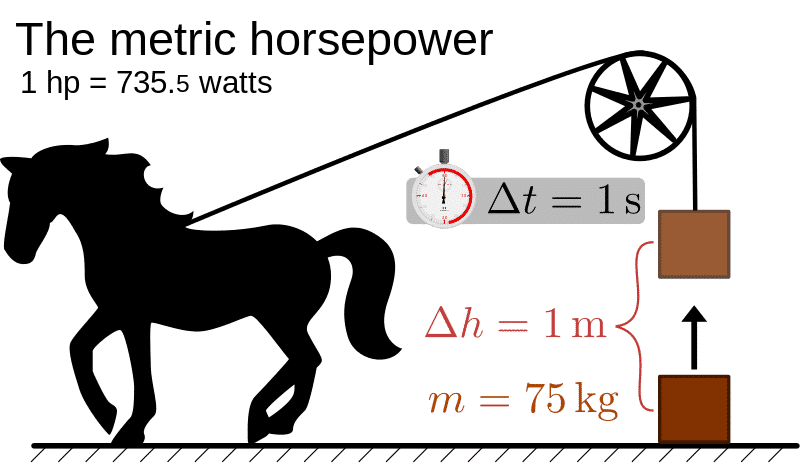
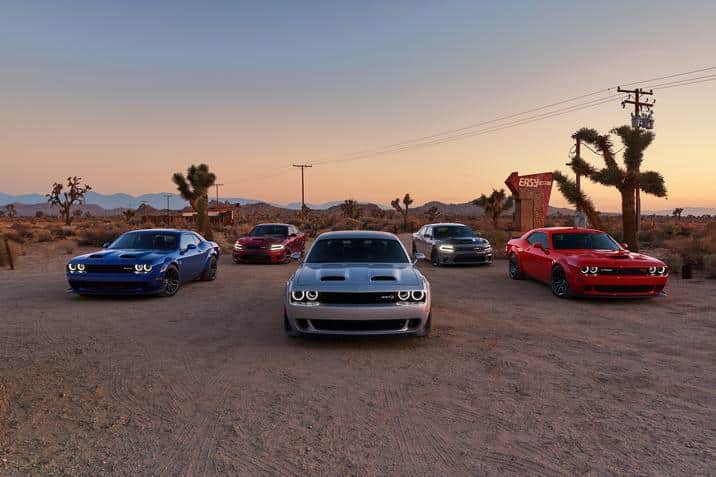
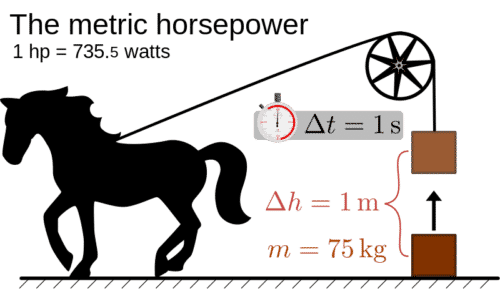
![Vehicle Battery 101 [Video]](https://tap.fremontmotors.com/wp-content/uploads/2017/03/sign-791333_1920-1080x675.jpg)
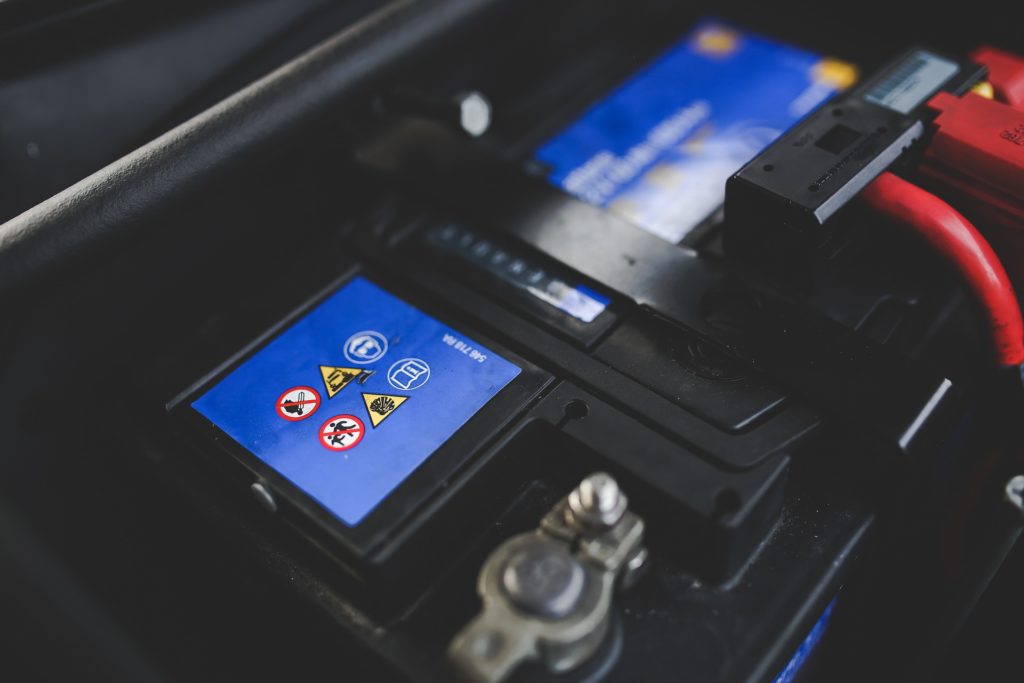
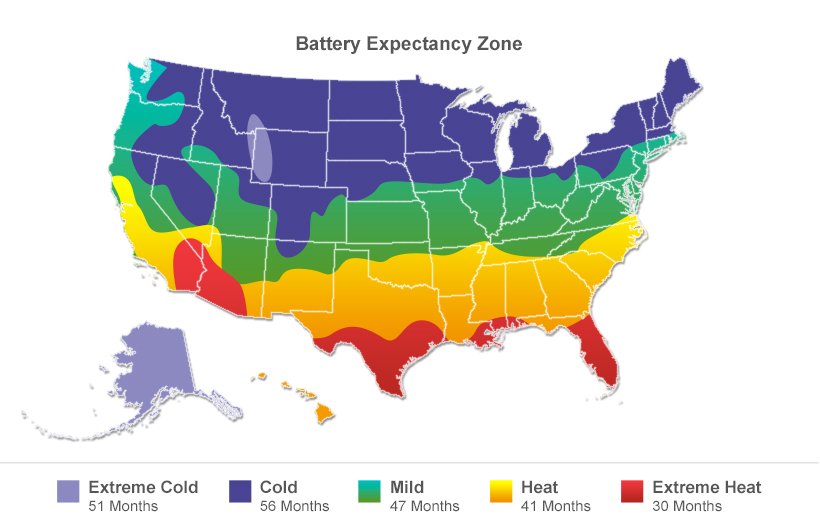











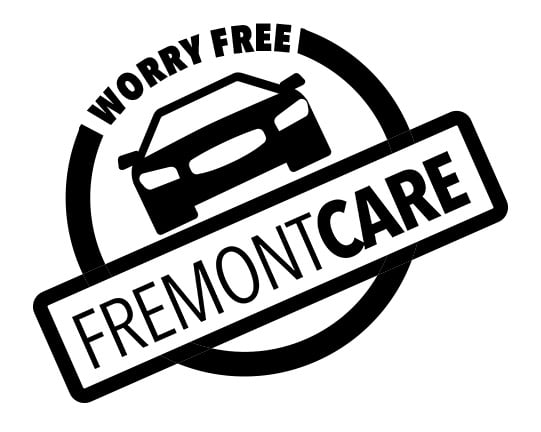


![Tips & Tricks: Cool Down your Car or Truck in the Summer Heat [Video].](https://tap.fremontmotors.com/wp-content/uploads/2018/07/35r4x379mw-1080x675.jpg)

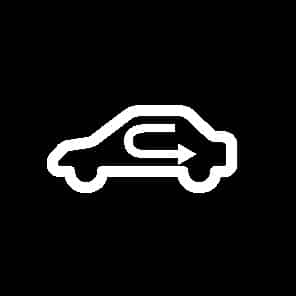
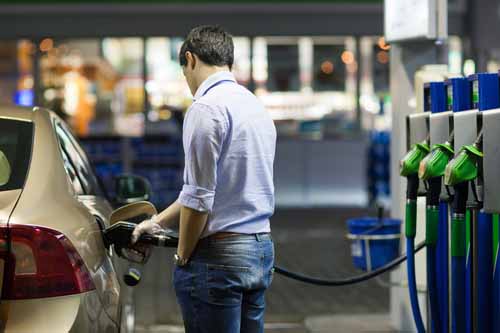

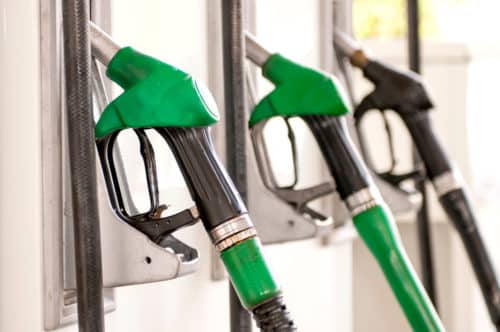
Recent Comments